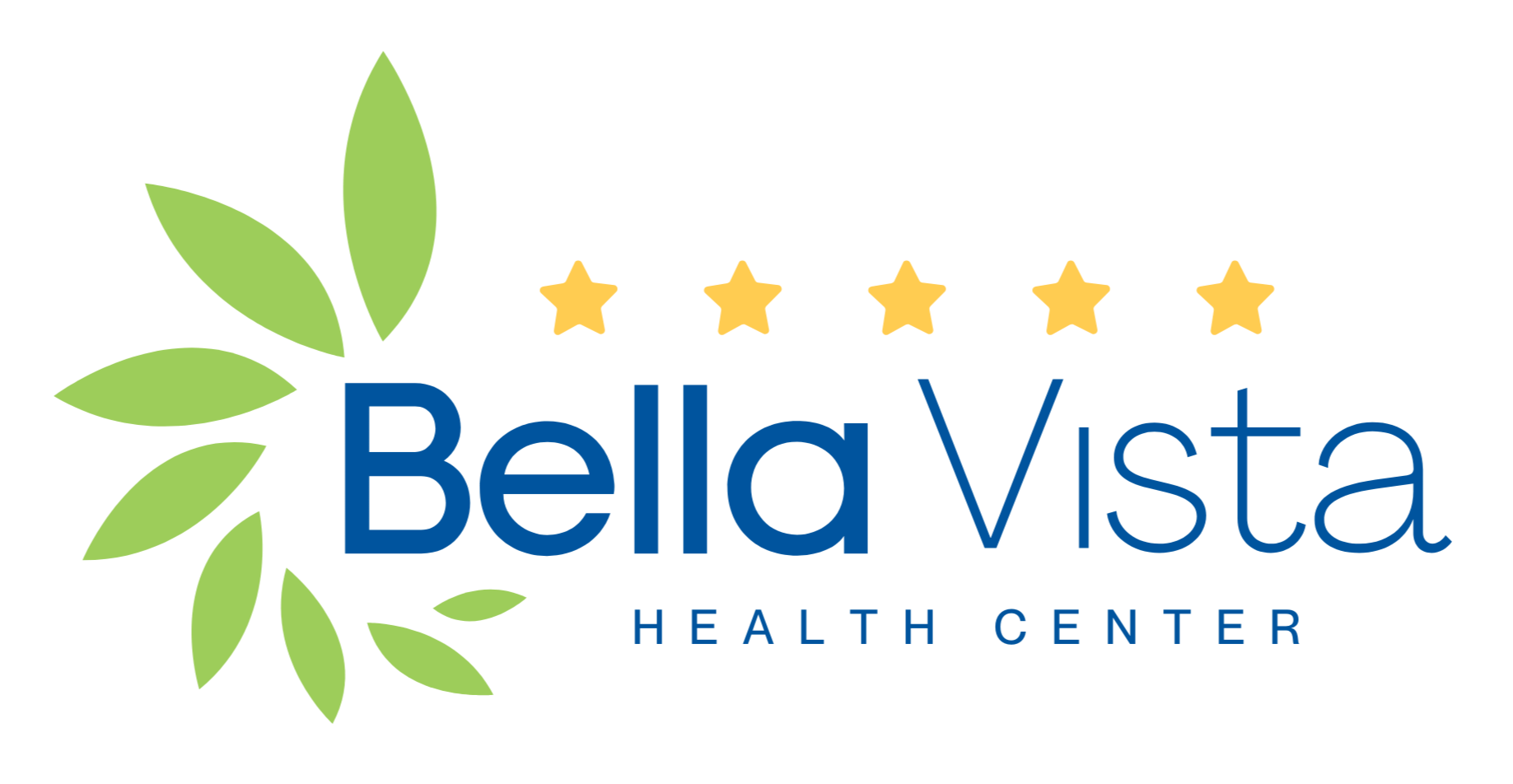What is Biofeedback and Why is it Useful?
/In the context of your career, feedback from supervisors helps to improve your performance and increase your chances of promotion. And in the context of your health, obtaining useful information and signals from your own body can improve your physiological performance. Biofeedback therapy has been around since the 1960s, and continued research has shown we have more control over our bodily functions than once thought possible. Here’s how biofeedback therapy might be able to help you:
Biofeedback: Already part of your life
Have you ever used a thermometer to check for a fever or stepped on a scale to see what you weigh? The information you receive is actually considered biofeedback, and you can use it to improve your condition by taking medicine and drinking extra fluids for a fever, or adopting a new diet if you’re a few pounds overweight. The complex biofeedback machines used by doctors and clinicians can reveal even more information, detecting internal biological functions with sensitivity and precision.
A wealth of information
A wide range of specialists use biofeedback therapy, including physical therapists, internists, nurses, dentists, psychiatrists, and psychologists. Some of the medical ailments that can be treated with biofeedback include chronic pain, high and low blood pressure, tension and migraine headaches, incontinence, digestive disorders, cardiac arrhythmia, and mobility disorders.
Tapping into a “sixth sense”
Biofeedback therapy is not magic—it cannot cure diseases. But biofeedback machines act as a kind of “sixth sense,” allowing patients to “see” or “hear” bodily activity. The most common types of biofeedback therapy fall into these categories:
- Thermal biofeedback: measures skin temperature
- Electromyography: measures muscle tension
- Neurofeedback: measures brain wave activity
While measuring, the machine picks up thermal, electrical, or neurological indicators and translates them into detectable signals like a flashing light or audible beep. For example, a biofeedback machine picking up the electrical signal of a tensing muscle allows the patient to make adjustments, like changing positions or breathing slower, in order to relieve the tension.
The power of thoughts and feelings
Most feedback therapy involves learning how to adjust and relax, and to identify circumstances known to trigger symptoms. Patients are taught how to cope with stress, change habits, and gain self-control, because while thoughts and feelings are technically relegated to the mind, they can have a profound effect on a patient’s physical health.
Think of the “fight or flight” response: when someone perceives danger, panic triggers the sympathetic nervous system to prepare the body for an emergency by ramping up adrenaline (to run or attack), dilating pupils (to let in more light for better visibility), and contracting blood vessels (to reduce potential bleeding).
These are very real physical responses stimulated by the brain’s perception of what is happening.
Reducing the impact of stress
Sometimes that “fight or flight” response is triggered by non-emergency situations, like fighting with a spouse, getting reprimanded by a boss, or being cut off by another driver on the road. But when the body is repeatedly stressed by triggered responses, certain bodily functions can become overactive and potentially result in damage to body tissues. Biofeedback can change habitual reactions to stress by helping patients recognize triggers and revert to a relaxed state.
Improved recovery outcomes
In the case of stroke patients and others with conditions affecting mobility, biofeedback can work as skill training to recover the use of arms and legs. Watching signals from still-active parts of the affected limbs can guide an exercise regimen that will help regain use. Even something as simple as reassurance that the limbs are still active in any capacity is encouragement enough to continue recovery efforts.
Bella Vista Health Center can help
At the Bella Vista Health Center, we offer a variety of services and physical therapy programs that are designed to relieve pain, restore function, and enhance health—including biofeedback therapy. Our patient-centered approach focuses on each person’s needs, and you can count on quality care by skilled and compassionate professionals who are dedicated to the health and well-being of every resident. For more information on our services, give us a call today, or drop by our 5-star facility in Lemon Grove.











